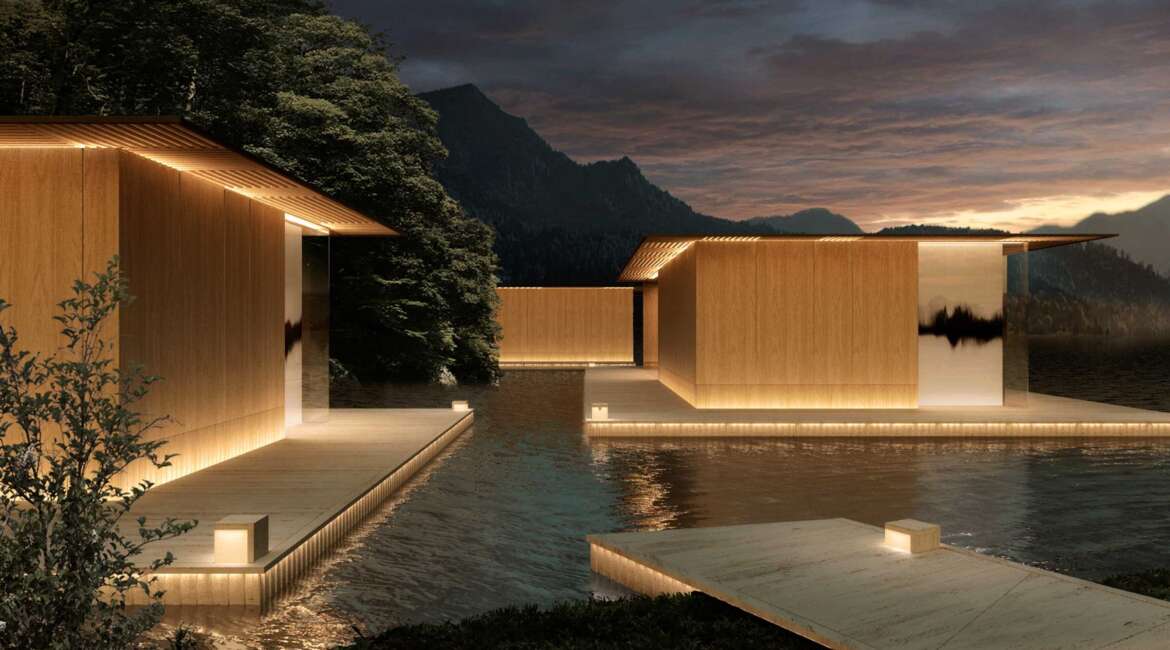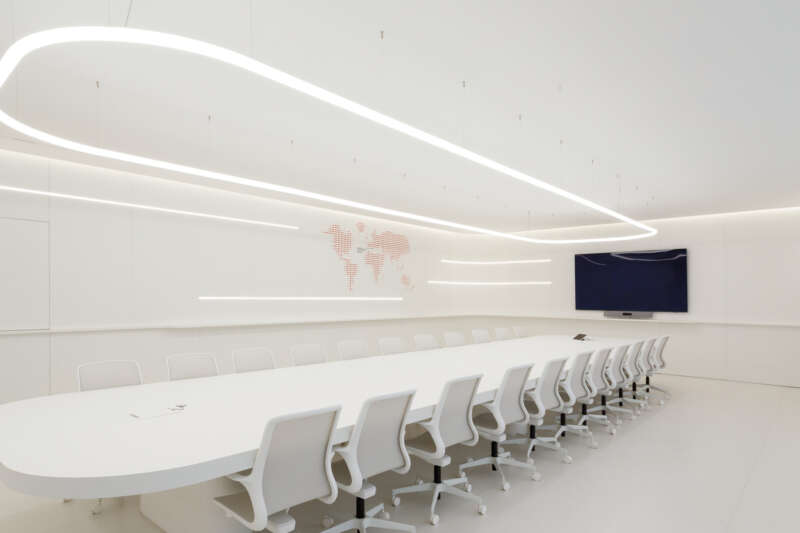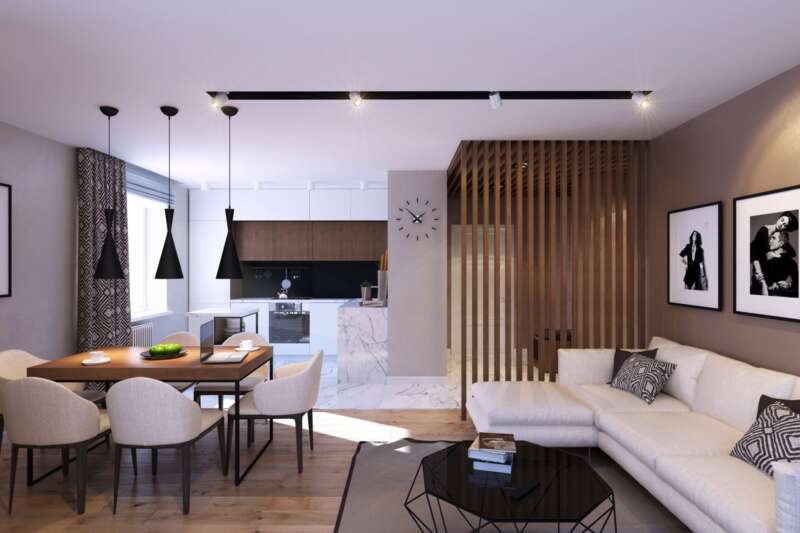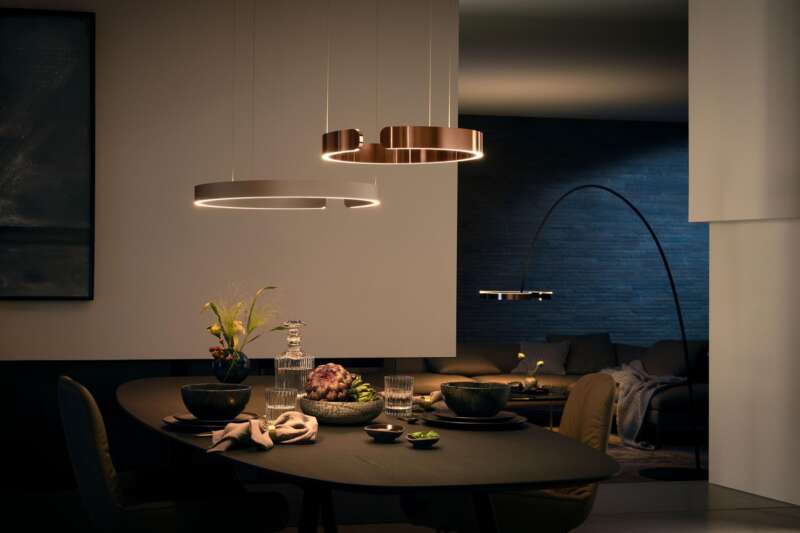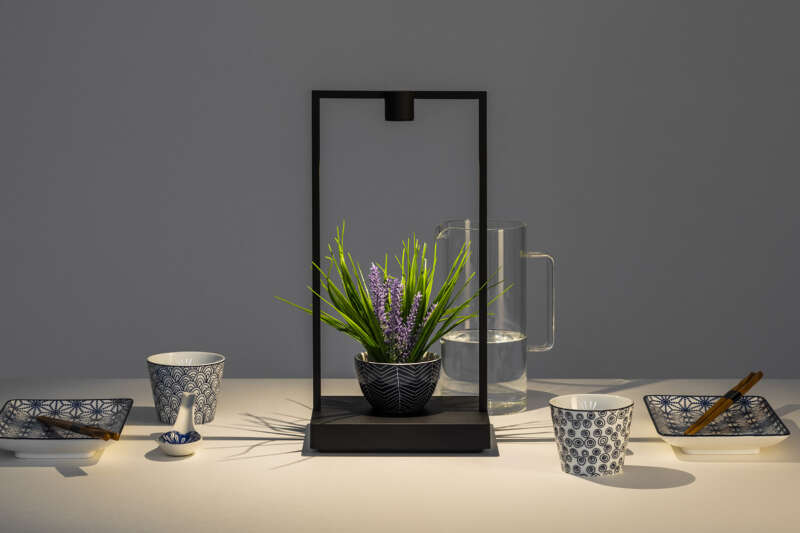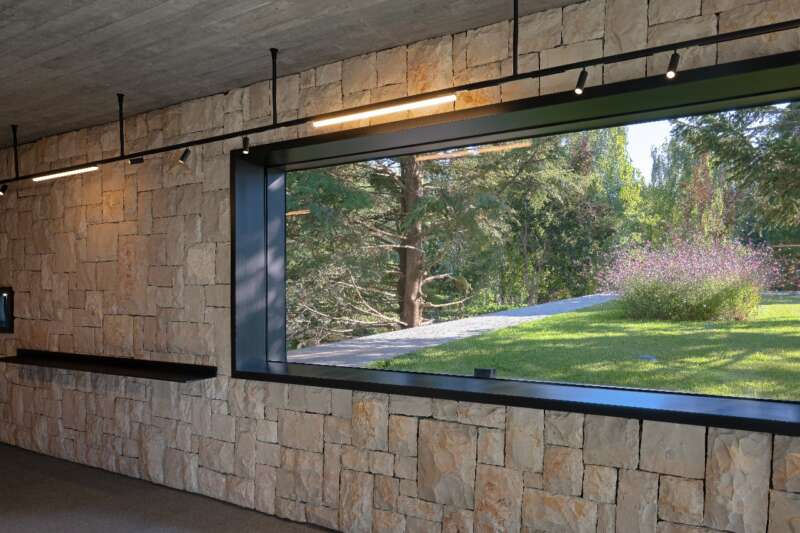Modern Resort Lighting
The world’s best resorts, from beach retreats to mountain hideaways, continually earn top rankings because they’re experts at bringing aesthetics and atmosphere to their brands. Every element of resort and spa design, from landscaping to lighting, influences guest opinions and impacts whether or not they want to return for a future getaway.
Lighting may seem like a small detail, but it’s a pretty big deal at luxury resorts and spas. Well-designed lighting provides atmosphere, ambiance, and sets the mood for guests in vacation mode.
Impacting Mood at a Resort & Spa
Resort & spa lighting is an important design element that adds value and recognition to hospitality brands. Lighting helps set ambiance and mood everywhere on the premises. The most successful luxury vacation resorts use well-designed lighting to create an emotional connection with their guests.
Professional lighting designers create atmosphere at high-end resorts with lighting techniques that are a bit different than those seen at typical business hotels. Of course, this means the right balance of style, serenity, and sophistication. Sometimes simplicity is best, and this is true for visually appealing and aesthetically pleasing resort lighting.
Resorts vary in size and structure, but the typical high-end resort has many distinct spaces and gathering spots. Each area has an intended use and specific purpose, and requires its own unique blend of lighting. A proper lighting plan must address the type of atmosphere that’s desired for each space and find the right mix of lights to create that perfect ambiance.
Functions & Opportunities
Resorts and spas must remember that good lighting needs to be functional, too. It has to illuminate dark walkways and pool areas at night so guests can safely see where they’re going. In individual guest rooms and suites, the lights must not only turn on and off, they should be fully customizable so guests can create the mood they want. LED lights with dimming capabilities and a full range of color temperatures allow guests to have full control.
A well-designed resort lighting does more than just provide illumination. It should complement interior design features and highlight exterior architectural elements. Thoughtful lighting flows effortlessly from one area to the next, and subconsciously guides guests around the resort premises.
Here are the three types of Resort Lighting:
Directional Lighting: Resort lighting should provide a sense of direction as soon as guests arrive, they should be welcomed by a well-lit reception desk. Seating areas in the lobby benefit from softer, more subtle lighting. Wall sconces along interior hallways help direct guests to their room, the spa, restaurant, bar, or virtually anywhere they’re going indoors.
When guests head outdoors, directional lighting illuminates the way along pathways, staircases, and throughout the pool, patio, and lounge space. Resort visitors may not realize discreetly placed outdoor lights are guiding them along their stroll, but that’s the intention. Functional resort lighting should be so subtle that it’s practically unnoticeable. Guests should notice the beautiful resort surroundings and not overly bright, poorly placed lights.
Landscape Lighting: Luxury resorts and spas always seem to be in stunning locations. Resorts with impressive landscapes and views benefit from outdoor lighting. It’s fun to see how the entire resort mood changes as the sun sets and outdoor landscape lights turn on. Guests absolutely love the unforgettable atmosphere that’s created by simply illuminating a few trees, maybe a pond or waterfall, and some architectural details, too.
Customizable LED Lights: When it comes to guest satisfaction, the most successful resorts consider every detail, including lighting.
On a typical day, an outdoor lounge area may need warm, white light for tranquil dining, then bold, colorful lights for after-dinner dancing. To go from day to evening, the lights need to transition from brighter white, to softer white, then possibly to a fun color. The best way to do this is with the latest LEDs, specifically those with customized features. This includes dimming capabilities, color temperature ranges, the ability to change actual color, and more.
Don’t forget that outdoor lighting should be wet-rated for safety purposes. This is especially true for the pool area. Indoor spa lighting should be damp or wet-rated, too, if the spa includes a steam room, sauna, showers, or other wet areas.


